Optimal Seasons for Ductless AC Installation
Ductless air conditioning installations are often most efficient when performed during the cooler months, such as spring or fall. These periods typically experience milder weather, making installation more manageable and reducing the likelihood of heat-related delays. Additionally, installing during off-peak seasons can sometimes lead to quicker scheduling and potentially lower costs.
Spring offers moderate weather conditions ideal for ductless AC installation, reducing the risk of heat stress and making outdoor work easier.
Fall provides cooler temperatures that facilitate installation and allow for testing systems before peak cooling season begins.
Scheduling during spring or fall can help avoid higher costs and longer wait times common during peak summer months.
Installing before the hottest months ensures the system is operational and ready to maintain comfort during peak demand.

Installing in spring allows for system testing in mild weather, ensuring readiness for summer.

Fall installation provides cooler conditions for a smooth setup and system calibration.
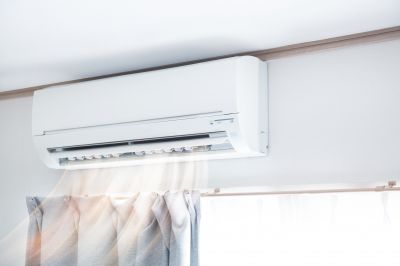
Scheduling during off-peak seasons can reduce costs and improve scheduling flexibility.
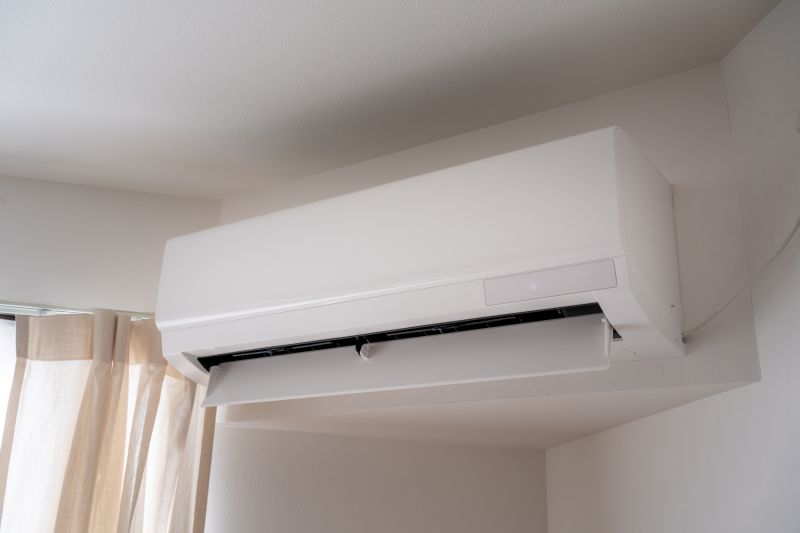
Ways to make Ductless Ac Installations work in tight or awkward layouts.
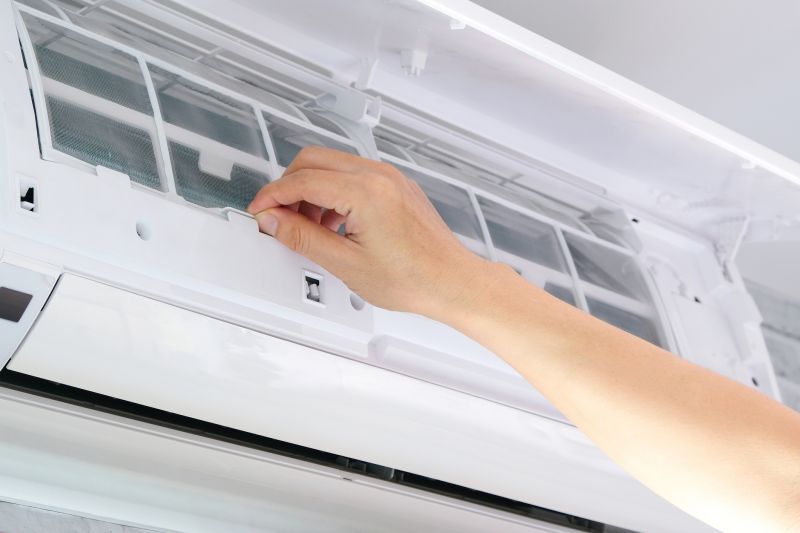
Popular materials for Ductless Ac Installations and why they hold up over time.
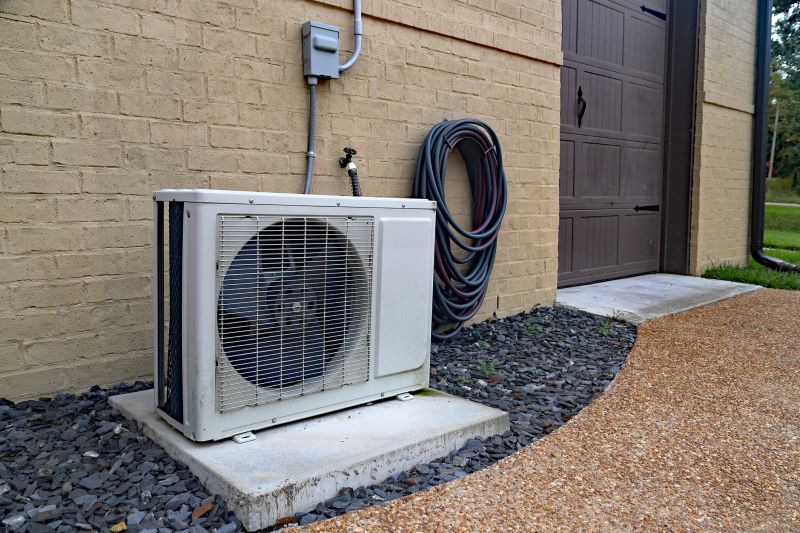
Simple add-ons that improve Ductless Ac Installations without blowing the budget.
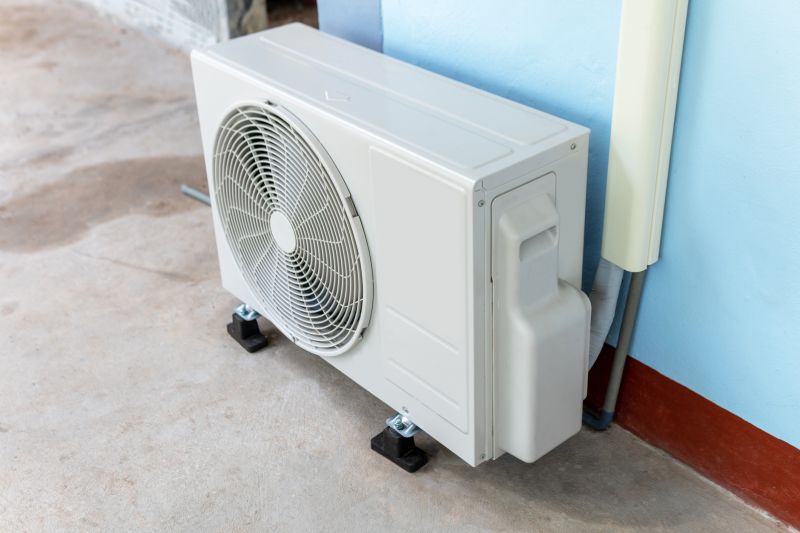
High-end options that actually feel worth it for Ductless Ac Installations.
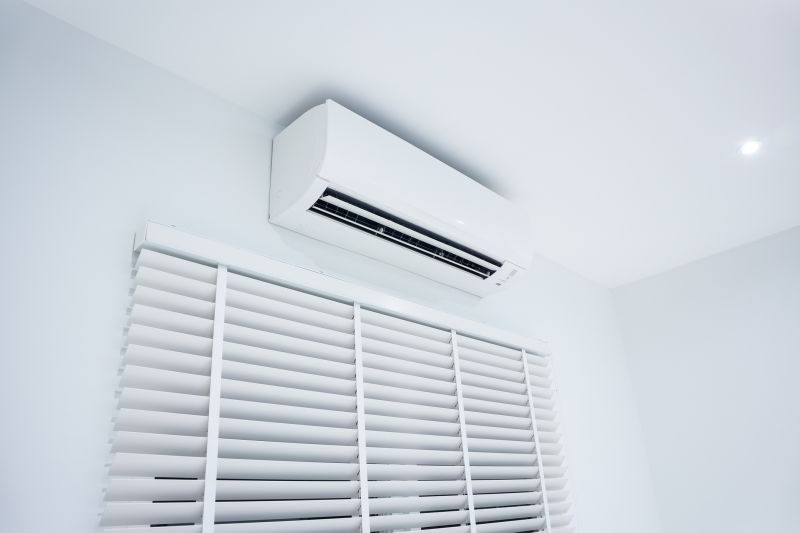
Finishes and colors that play nicely with Ductless Ac Installations.
Ductless air conditioning systems are a versatile cooling solution suitable for a variety of spaces, including homes without existing ductwork. These systems consist of an outdoor compressor and one or more indoor units, which can be mounted on walls or ceilings. They are known for energy efficiency, ease of installation, and ability to provide zone-specific cooling. Statistics indicate that ductless systems can reduce energy consumption by up to 30% compared to traditional central air systems, making them a popular choice for modern cooling needs.
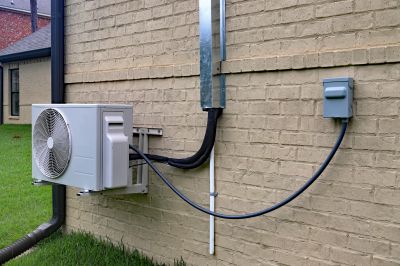
Wall-mounted units provide targeted cooling and are easy to operate.

Designed to withstand various weather conditions for reliable performance.

Indoor units can be installed in multiple rooms for customized comfort.
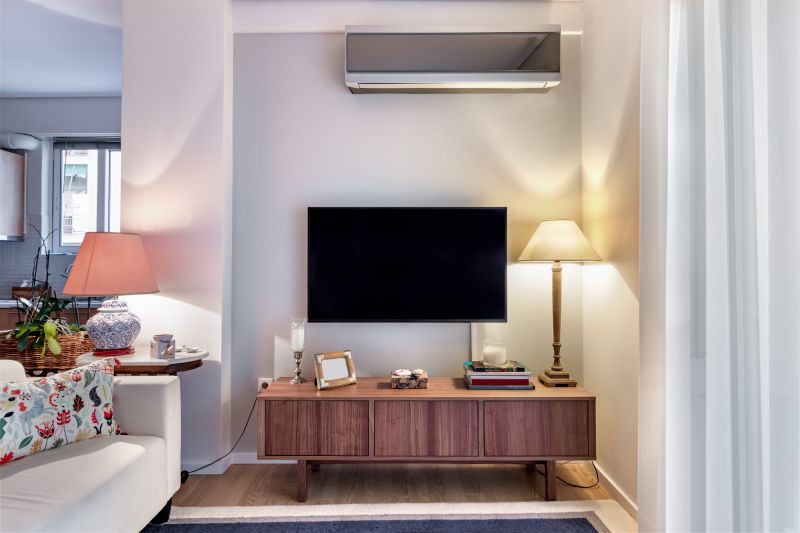
Modern ductless systems incorporate inverter technology to optimize energy use.

Little measurements that prevent headaches on Ductless Ac Installations day.

A 60-second routine that keeps Ductless Ac Installations looking new.
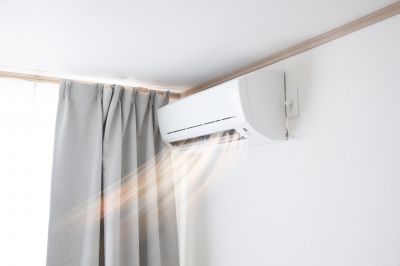
A frequent mistake in Ductless Ac Installations and how to dodge it.
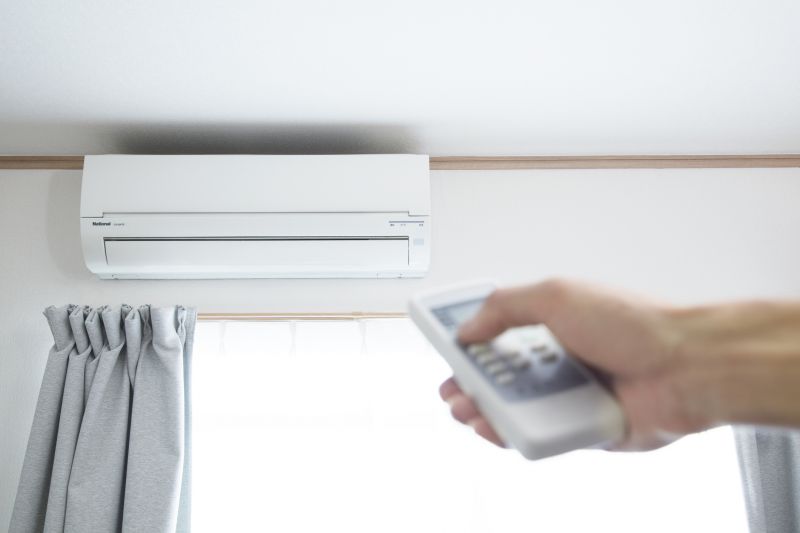
Small tweaks to make Ductless Ac Installations safer and easier to use.
| Season | Advantages |
|---|---|
| Spring | Ideal weather for installation, system testing before summer. |
| Fall | Cooler temperatures facilitate installation and calibration. |
| Off-Peak Months | Potential cost savings and flexible scheduling. |
| Summer | Higher demand may lead to longer wait times and higher costs. |
| Winter | Less common, but feasible in milder climates. |
Choosing the optimal time for ductless AC installation depends on local climate conditions, scheduling availability, and personal preferences. Planning ahead for off-peak seasons can result in smoother installation processes and better pricing options. Proper timing ensures the system operates efficiently and provides reliable cooling during the hottest months.

Indoor unit providing efficient cooling in a modern home.

Technicians installing ductless units outdoors.
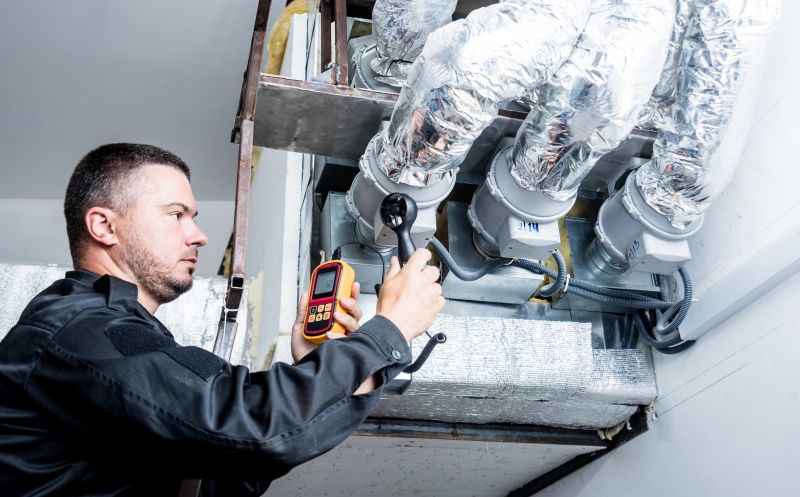
Verifying system performance before completing installation.
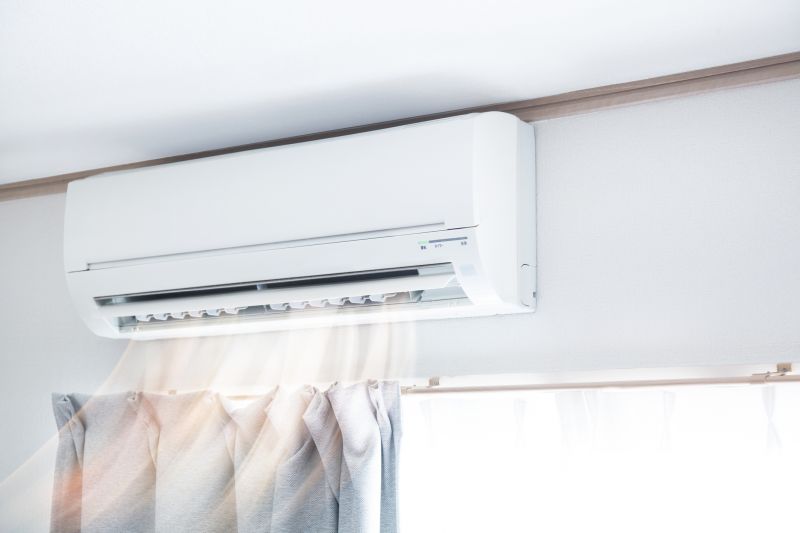
A fully installed system ready for use.
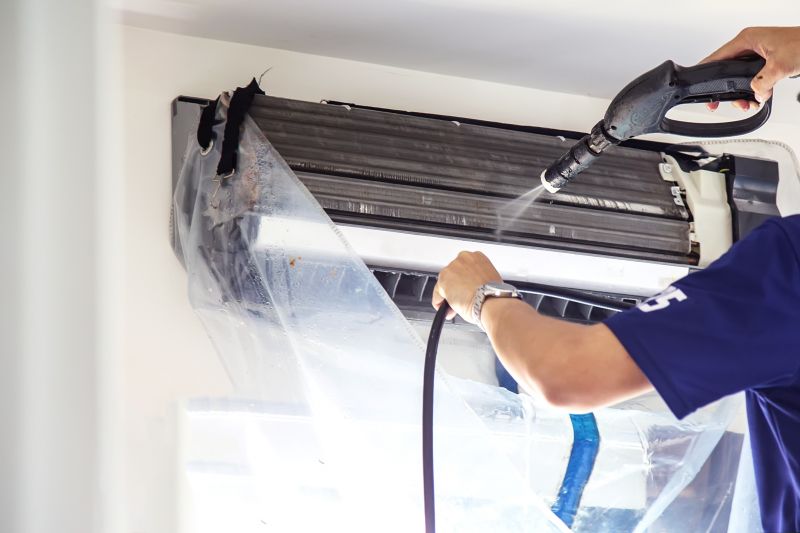
Lower-waste or water-saving choices for Ductless Ac Installations.
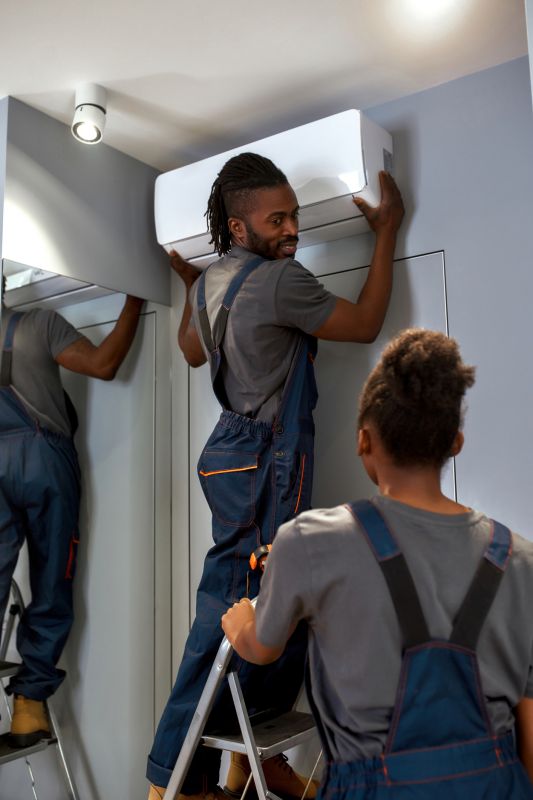
The short, realistic tool list for quality Ductless Ac Installations.

Rough timing from prep to clean-up for Ductless Ac Installations.
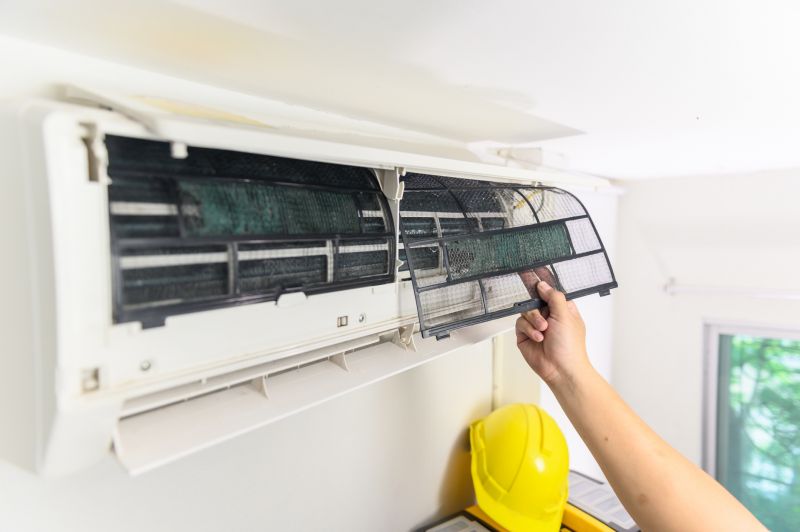
Quick checks and paperwork to keep after Ductless Ac Installations.
For those interested in ductless air conditioning installations, it is recommended to contact professionals to discuss scheduling and specific requirements. Proper timing and installation ensure optimal performance and comfort during peak usage periods.
